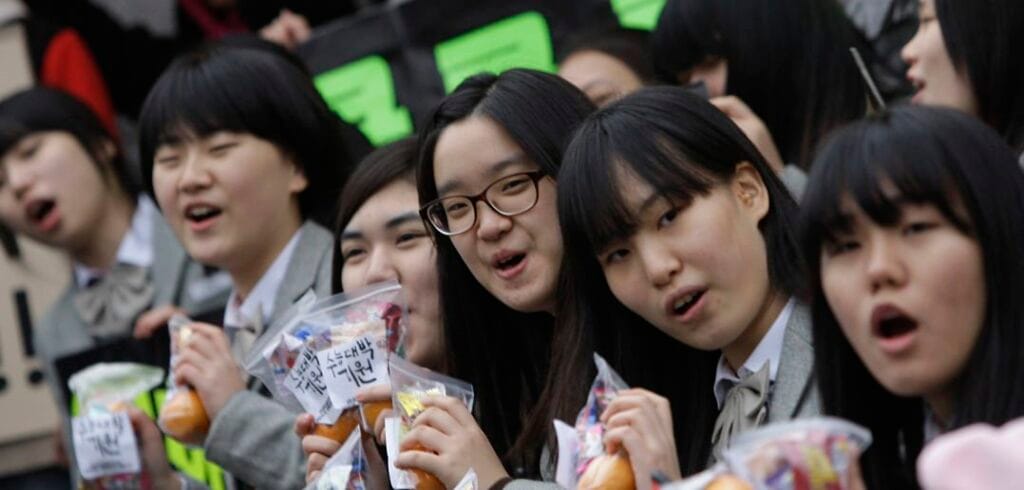South Korea is famous for K-pop and cutting-edge tech—but also for its intensely competitive education system. From early morning study to late-night cram sessions, the life of a Korean student is a unique blend of discipline, societal pressure, and cultural tradition.
Here’s a look at a typical day in the life of a high school student in South Korea.
⏰ 6:00 AM – Rise and Rush
Most Korean students wake up early to commute to school, often with breakfast on the go.
🚶♂️ Many take public transit or walk, dressed neatly in their school uniforms (교복 / gyobok). Uniform culture is strong, and many students express personality through subtle accessories or hairstyle tweaks.
🏫 7:30 AM – Before-School Study
Some schools or private institutions open early for “zero period” self-study.
📖 Korean students often review vocabulary, read literature, or prep for exams during this quiet time.
📚 8:00 AM – Classes Begin
The typical school day includes 6–7 academic classes like:
Korean language and literature
Math and science
English
History and ethics
Music, art, or P.E. (limited but valued)
Students don’t change classrooms—the teachers rotate. Classrooms are tightly knit, and students often sit with the same classmates all year.
🍱 12:00 PM – Lunchtime
Lunch is served in the school cafeteria, and meals are well-balanced with rice, soup, kimchi, and seasonal vegetables.
🍽️ Students serve each other and eat quickly—usually within 20–30 minutes.
Food fact: Meals are designed by nutritionists and monitored for balance and cost.
🕒 1:00–4:00 PM – Afternoon Lessons
After lunch, classes resume with heavier subjects like math, chemistry, or college prep.
Some schools offer moral education, career exploration, or cultural classes during these hours.
✏️ 4:00–6:00 PM – After-School Study or Clubs
Students either:
Attend hagwons (학원) – private academies for extra tutoring
Join clubs (동아리) – music, debate, sports, or volunteer work
🏫 6:00–11:00 PM – Study, Study, Study
For many, this is just the beginning.
📍 Hagwon Life
Students often travel to private institutes until 9–11 PM for:
SAT-style test prep
Suneung (수능) preparation (college entrance exam)
English conversation or math mastery
Others stay at school for “self-study time” (야자 / yaja).
🧠 Pressure Point: The Suneung test can define a student’s future—and their family’s expectations.
😴 12:00 AM – Finally, Sleep
After reviewing lessons or prepping for the next day, students often go to bed well past midnight.
Sleep deprivation is a national concern. Many high schoolers get less than 5 hours per night.
📊 The Pressure is Real
Why so intense?
University hierarchy: Schools like Seoul National, Korea University, and Yonsei (“SKY”) shape career paths
Family pride & social status
Limited university slots with fierce competition
Mental health concerns:
Rising stress and anxiety rates
Government-funded support and school counselors
Growing conversation around well-being over grades
🌸 Signs of Change: The New Generation
Korean youth are starting to:
Push for work–life balance
Choose creative careers over traditional paths
Advocate for mental health and systemic reform
Social media, youth influencers, and K-dramas are spotlighting this cultural shift.
💬 Final Thoughts
A day in the life of a Korean student is more than just tests and textbooks—it’s a powerful journey of ambition, endurance, and hope. It reflects a society wrestling with its traditions while embracing a more balanced, human future.
📸 Reader Challenge:
Seen this firsthand or have friends in Korea? Share a post about your experience with #StudyInKorea and tag @KoreaThread for a chance to be featured!







